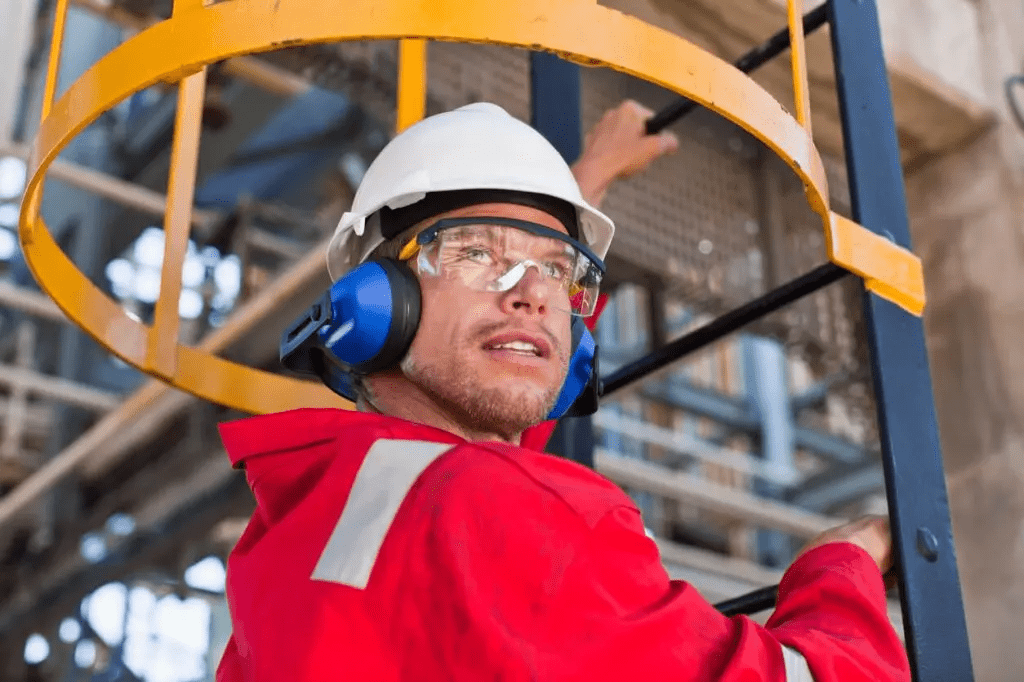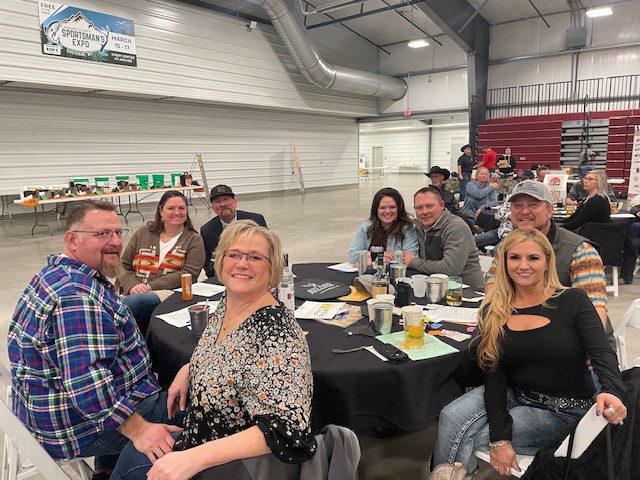Situational awareness at work is a crucial part of health and safety…but how many people truly know everything involved in staying aware of their surroundings? In this column, we will go over what situational awareness is and ways you can improve it in your daily lives — including at work.
What Is Situational Awareness?
Situational awareness refers to being aware of what is happening around you, where you are in relation to other people and things, and what potential threats there may be in your area.
Situational awareness is a critical foundation for successful decision making in most situations at work, many of which involve your health, safety, and job performance. Lacking or not having adequate situational awareness has been identified as one of the primary factors in accidents related to errors or mistakes.
Situational Awareness and Risk Management
Situational awareness is often split into three elements:
- Perception of the elements in the environment
- Comprehension of the situation
- Projection of the situation’s future status
These three elements mean that in order to be safe, you not only need to understand what is going on around you, but you also need to be able to fully understand and predict potential dangers, and communicate/act on situations that put you at risk.
These elements should be part of the risk management strategy on a job site (if you have questions about situational awareness on your specific site, talk to your supervisor or foreman).
How To Improve Situational Awareness
It is easy to become overwhelmed when discussing the vast topic of situational awareness and everything that goes along with it. The good news is, situational awareness is a skill that can be learned and improved constantly. It can save lives, maybe even your own.
Below are some tips that can improve your situational awareness:
1. Assess Risks from All Angles
You should learn to look at situations with a 360-degree focus, not just from your own vantage point. Can you see what others see? How is it different than what you are seeing? Are there other factors that can impact the situation? Question everything – as questioning without judgment is a key factor in achieving successful situational awareness.
2. Remove Biases
For you to effectively engage in situational awareness, make logical decisions, and look to the future with a strategic focus, the ability to think without bias plays a crucial role. Simply put, in order to have situational awareness, you have to be open to a variety of perspectives and insights so that your strengths and opportunities for improvement can be identified. If you are biased with your views, it can lead to risks for you and your coworkers.
3. Communicate with Others
Being able to communicate with others about your perception of the risks is a vital part of the awareness strategy. A sound strategy requires that everyone be on board with actively assessing potential risks — and the best way to achieve this through effective communication with your team. You should be able to communicate clearly and effectively at each stage of a risk assessment regarding the potential hazards for everyone involved.
Effective communication can include simply instructing workers on the safest way to do things or telling your supervisor about health and safety hazards that you have identified on a job site. It can also mean that you ask for help when you know that you need it – in situations where a task is too risky for one person to do it, or if a machine seems faulty. Last but not least, do not assume that just because you told someone about a risk or a correct procedure that they heard you or agreed with you. Make sure you communicate until everyone involved understands the situation at hand.
4. Situational Awareness Training
Cultivating situational awareness early in your career is important when you are working on a construction job site. Make sure you understand all the policies and procedures before you start a new job. Ask questions about certain job scenarios and even role-play if it helps you get a better understanding of what you need to do. Allow other coworkers to give you ideas of what could and could not work in situations. Make sure if your employer provides training on situational awareness that you attend to fully understand potential risks.
5. Work as a Team
It is important if you have a management or lead role that you intentionally practice situational awareness. If your team sees you doing this, they are likely to follow. If team members see each other doing it, then they will all follow suit. It has to be a conscious effort for everyone to have a 360-degree view of situations and show others the importance of doing so.

Situational Awareness Examples
While situational awareness may not seem like a big deal to you — it has proven to help greatly on a job site. Having situational awareness can keep you and your coworkers safe; it can make you more aware of your surroundings, it can give you a different perspective on things, and can also train you to see risks.
Some examples practicing situational awareness are:
- Staying out of the line of fire: This means staying out of harm’s way with moving objects and other hazards.
- Speaking to a coworker about unsafe actions: Not everyone will be affected by risks that your coworker may take but if you recognize these risks and bring them to their attention, it could make them change their way of thinking. Recognizing that negative could result from unsafe behavior and speaking up to prevent these injuries from occurring is part of practicing situational awareness.
- Stopping work to make adjustments: Sometimes things do not go as you planned and thought they would. Being able to stop a task and make adjustments as needed is necessary. If you are doing this to make tasks safer for you and others and to get the task done more efficiently you are showing situational awareness.
Practice Safety Awareness & Prevent Injuries!
You must have keen situational awareness when working in a fast-paced work environment in an industry like construction. There are numerous hazards and risks every day on the job site and to keep yourself and your coworkers safe — you have to be aware of them. Situational awareness is a great tool to use to prevent injuries – as YOU are the best resource to prevent injuries from happening! Until next time…Work Safe & Be Safe!




